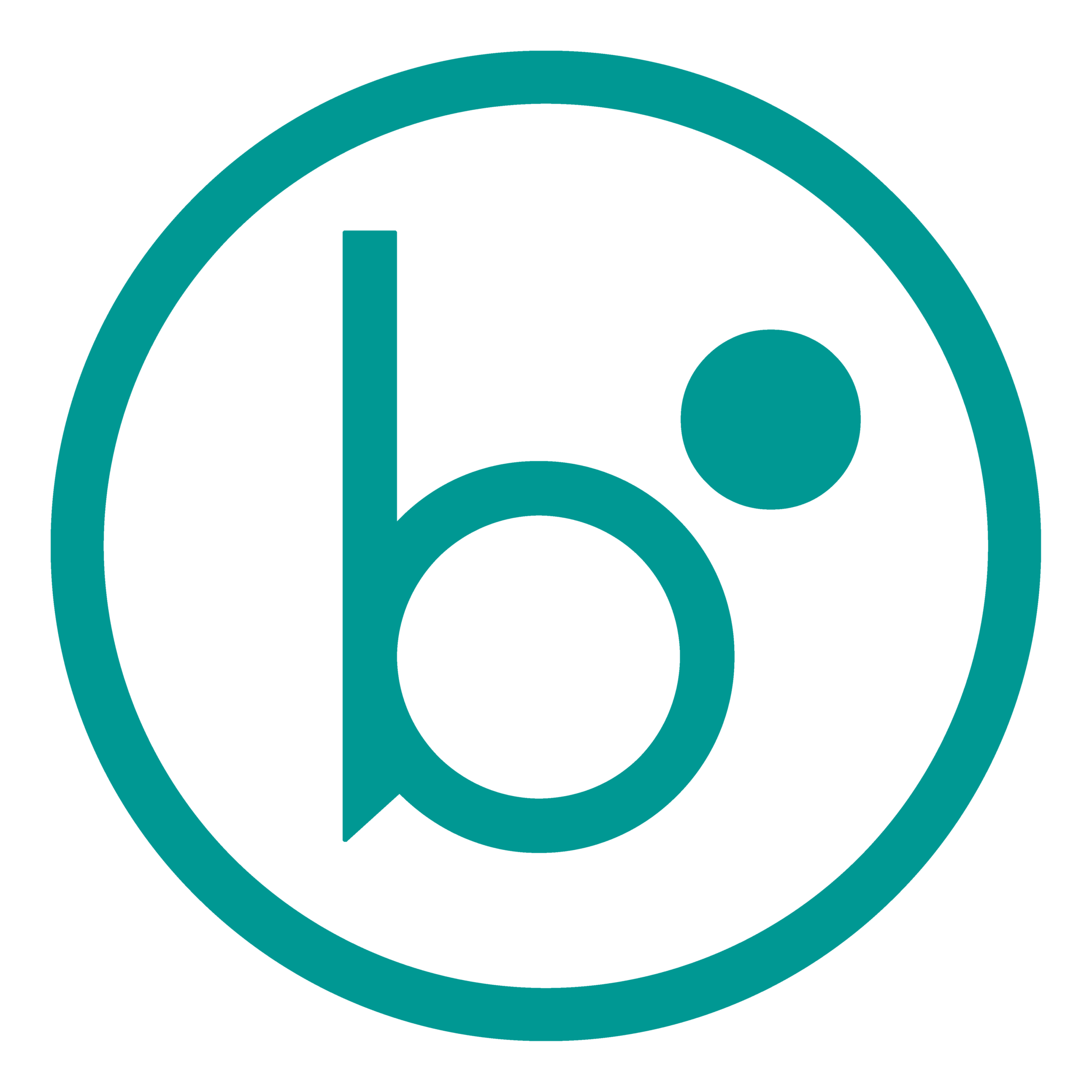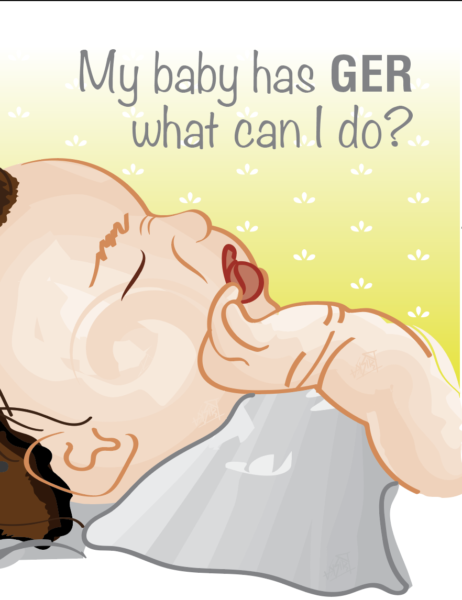Your baby has GER, How can you tell? Ask your pediatrician!. Paying attention to the symptoms can help you verbalize the problem to your doctor. GER (Gastroesophageal reflux) symptoms may vary greatly depending on the type and degree. The long-term recurrence of GER is called GERD (Gastroesophageal reflux disease). GERD includes irritation to the internal organs.
Let’s find out if your baby has GER:
The National Institutes of Health‘s definition and facts, states that gastroesophageal reflux happens when stomach acids come back up into the esophagus. Infants—babies younger than two years—with GER spit up liquid mostly made of saliva and stomach acid. Stomach acid that touches the lining of the infant’s esophagus can cause irritation which produces extreme pain. Doctors refer to GER as acid indigestion, acid reflux, acid regurgitation, heartburn, and reflux*. Statistics say that two-thirds of 4-month olds have GER. With that said, there’s more than a 50/50 chance your baby has GER. If your baby exhibits any of the symptoms listed below, she may be part of the alarming GER/GERD statistics.
2 out of 3 babies will suffer from GERD symptoms the first four months of life*
GER symptoms:
- Inconsolable crying due to extreme pain
- Arching of the back, (often during or right after feeding)
- Colic (crying that lasts for more than 3 hours a day with no “medical” cause)
- Coughing, gagging or trouble swallowing
- Irritability (particularly after feeding)
- Pneumonia (an infection in one or both of the lungs)
- Poor feeding or refusal to feed
- Poor growth and malnutrition, poor weight gain
- Trouble breathing, vomiting, weight loss
- Wheezing—a high-pitched whistling sound that happens while breathing*[/twocol_one_last]
My baby has GER, now what?
Reflux, GER and gas issues are extraordinarily painful for most babies, hence the inconsolable crying. Most parents will do anything possible to help ease their baby’s pain. A very affordable option is to —immediately— change the bottle you are using. This is the case of Jacob’s mom who mentioned her baby spits up, sometimes a little, sometimes a lot when feeding with a bottle. However, he rarely spits up when she breastfeeds, even though the content in the bottle is always her breastmilk. Traditional bottles have a constant air-infiltration thru their air-vent and have to be inverted to feed forcing the baby in a horizontal position (or reclined at best) which encourages the regurgitation of acids. Clinical observations conclude that these disadvantages exponentially worsen GER/Reflux symptoms.
The treatment:
In most cases, GER in infants goes away before it becomes gastroesophageal reflux disease (GERD). So doctors don’t treat GER in infants**. However, how can any parent let their baby suffer from the painful symptoms? The NIH, as well as AAP, suggest avoiding overfeeding the baby as well as feeding in an upright position and continue holding the baby upright for 30 minutes after feedings. Followed by a prescription drug cocktail of H2 blockers, PPI and costly branded formula.
Maura’s baby was diagnosed with silent reflux at three months. This condition is probably the most painful as the baby doesn’t throw up the acids. The acids are regurgitated into the mouth, then swallowed back. Burning the internal organs as it goes up as well as on its way back down to the stomach. Maura followed the suggestions her pediatrician’s advice and used Bare Air-free to feed Jace. See Maura’s story here.
Bare® Air-free feeding system feeds the baby air-free milk while in 100% upright position. It also lets the baby control the flow and pace of which she feeds. The combination of these three benefits exponentially reduces GER and GERD symptoms in babies.
Reference:

